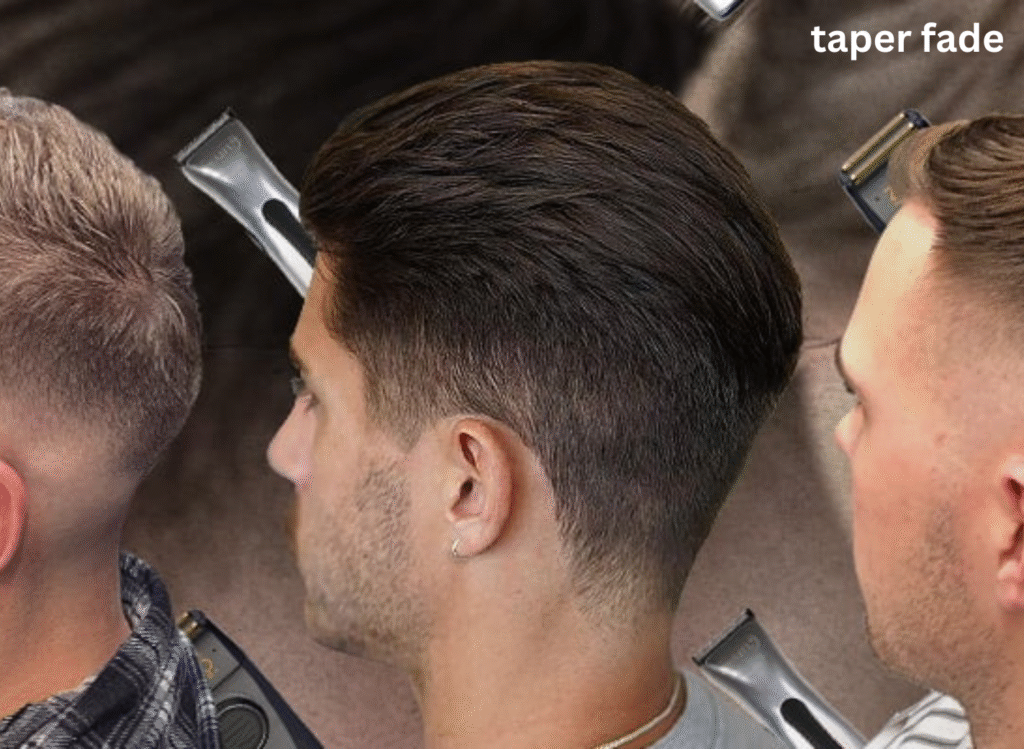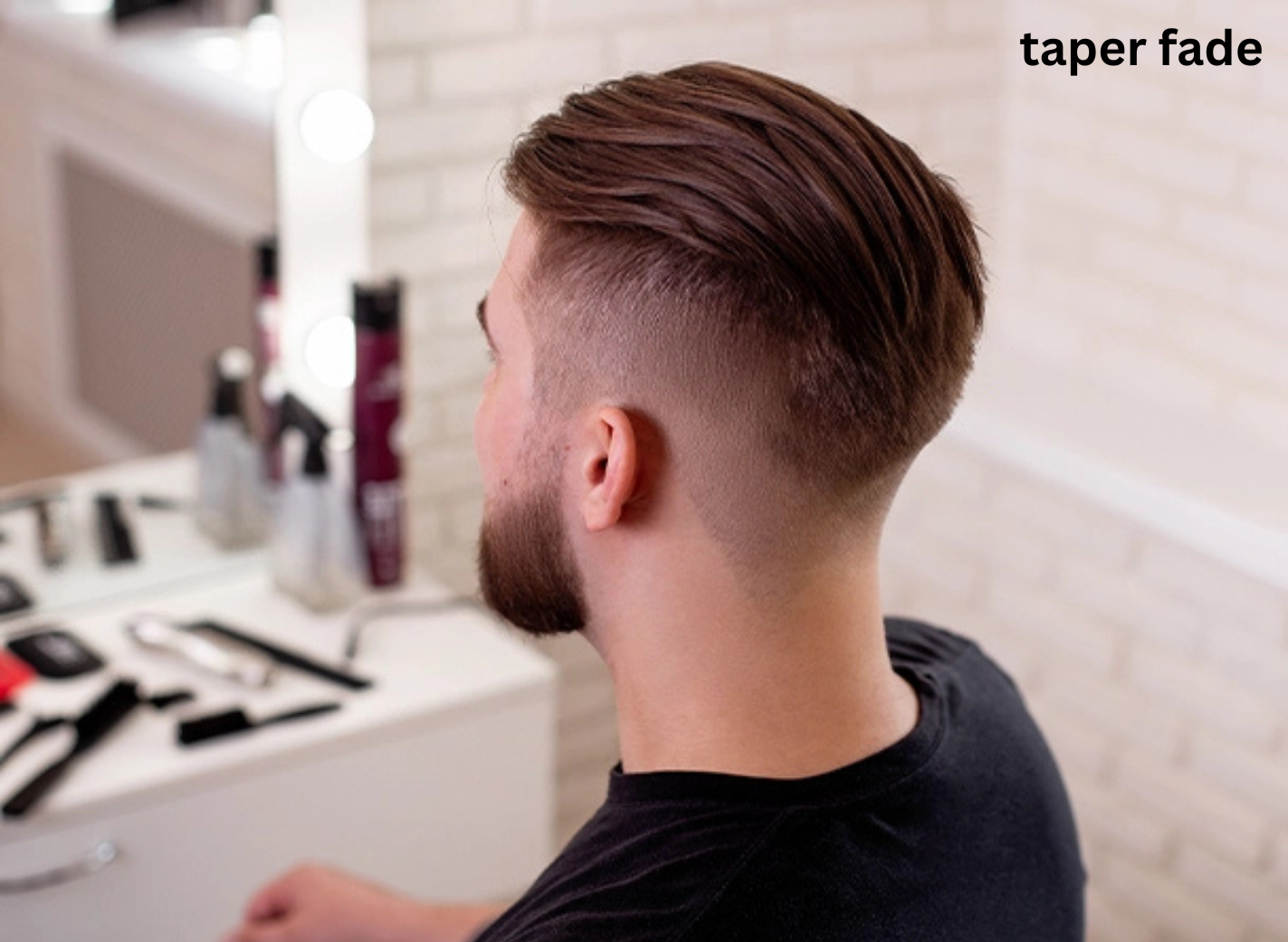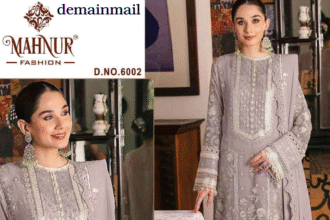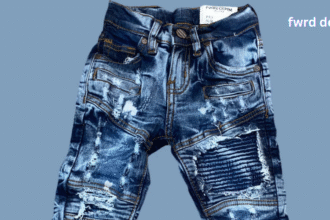The taper fade haircut has become a cornerstone in modern men’s grooming, representing the perfect balance between clean-cut professionalism and edgy fashion. With its versatile nature and stylish appearance, the taper fade has evolved from a barbershop staple to a mainstream trend embraced by celebrities, athletes, and everyday style-conscious individuals alike. Whether you’re heading to the office or hitting the streets, the taper fade fits seamlessly into any aesthetic.
What makes the taper fade truly unique is its adaptability. This haircut can complement a variety of hair textures, face shapes, and personal styles. From classic low tapers to bold skin fades, there’s a version for everyone. Its precision-cut gradation—from full hair on top to gradually shorter lengths on the sides and back—offers a clean and polished finish that requires skill and artistry to perfect.
In this ultimate guide, we’ll explore every angle of the taper fade haircut: what it is, the different styles available, how to get the perfect cut, and the best ways to maintain your look. By the end, you’ll know exactly how to choose a taper fade that suits your personality and enhances your appearance. Whether you’re a fade veteran or considering your first one, this guide has everything you need.
What Is a Taper Fade
A taper fade is a type of haircut where the hair gradually decreases in length from the top of the head down to the neckline and sideburns. It’s known for its seamless transition that blends different hair lengths, creating a clean and crisp appearance. The term “taper” refers to the gradual shortening of the hair, while “fade” describes how the hair blends into the skin. Together, they form one of the most popular and stylish haircuts available today.
What sets the taper fade apart from other hairstyles is its clean silhouette and adaptability. Unlike a full fade that often starts high and may remove more hair from the sides, a taper fade offers a more natural transition. It’s a versatile choice that works well with professional settings while still allowing room for creativity and personal flair. You can keep your hair longer on top for a comb-over or quiff, or go shorter for a sleek, low-maintenance look.
The taper fade also complements almost every hair type and face shape. Whether you have thick, curly hair or fine, straight strands, a taper fade can be customized to enhance your features. Men with oval or square face shapes especially benefit from the contouring effect of the fade, which adds dimension and balance to facial structure.
Types of Taper Fade Haircuts
Taper fades come in several variations, each offering a different level of contrast and style. Understanding the differences can help you choose the best one for your personality and lifestyle.
Low Taper Fade
The low taper fade starts just above the ears and follows the natural hairline. This subtle fade is perfect for those seeking a more conservative look that still offers a touch of style. It’s a great choice for professionals or anyone who wants a clean, neat appearance without going too bold. The low taper fade pairs well with longer hairstyles on top, such as slick backs or curly afros.
Mid Taper Fade
The mid taper fade begins around the middle of the head and strikes a balance between subtle and striking. It’s an excellent choice for those who want a noticeable transition without going full high fade. The mid taper works well with a variety of hairstyles and textures, making it one of the most popular choices for men across different age groups and fashion tastes.
High Taper Fade
The high taper fade starts much higher on the head, usually around the temples. This dramatic fade offers a sharper, more modern aesthetic that demands attention. It’s ideal for those who prefer a bold style and don’t mind the extra maintenance. The high taper fade goes well with edgy top styles like mohawks, faux hawks, or pompadours.
Skin (Bald) Taper Fade
This version fades the hair all the way down to the skin, providing a very sharp and clean contrast. It’s one of the most high-maintenance versions but delivers the crispest results. The skin taper fade is popular among athletes and trendsetters who prefer ultra-sleek finishes.
Temple and Neck Taper Fades
More understated, the temple and neck taper fades focus on subtly fading around the temples or neckline while keeping the rest of the hair relatively long. These are perfect for maintaining a neat look between haircuts or complementing hairstyles that need structure but not too much fade.
How to Get the Perfect Taper Fade

Achieving the perfect taper fade starts with communication. When visiting a barber, it’s crucial to clearly describe the type of fade you want. Terms like “low,” “mid,” “high,” or “skin fade” help your barber understand the level of contrast and where the fade should begin. Bringing reference photos is also a helpful way to ensure you get the result you’re envisioning.
The taper fade process involves precise clipper work. Barbers use a combination of clippers, guards, razors, and blending techniques to ensure a smooth transition from long to short. Starting from the bottom and working upward, they gradually reduce the guard length and blend each section seamlessly. Some finishes involve detailing with a straight razor for extra sharpness around the hairline and neck.
Maintenance is key to keeping your fade fresh. Most taper fades look best within the first 2–3 weeks of the cut, after which the lines begin to blur and the shape softens. Regular visits to the barbershop—every 2 to 4 weeks—can help preserve the look. For those who are handy with clippers, touch-ups at home are possible, but achieving a professional-level blend takes skill.
Ultimately, choosing a professional barber experienced with fades ensures the best outcome. DIY fades are possible but risky for beginners. A great taper fade depends on subtle gradients and precision, and even minor mistakes can affect the final appearance.
Styling and Maintenance Tips
To keep your taper fade looking sharp, daily styling and proper hair care are essential. The right products depend on your hair type and the style you’re aiming for. Pomades offer hold and shine for slicked-back looks, while matte clays provide a textured, natural finish for messy or voluminous styles. If you have curly or kinky hair, using curl-enhancing creams or leave-in conditioners helps define the top while keeping the fade crisp.
Regular washing and conditioning keep your scalp healthy and prevent buildup, which can dull the clean look of a taper fade. However, over-washing can strip natural oils, so aim for 2–3 washes per week with a sulfate-free shampoo. Moisturizing the scalp is also important, especially for those with shorter fades and exposed skin.
Avoid common fade mistakes like uneven sides or failing to maintain edge lines. Using a trimmer to clean up the neckline and sideburns between barber visits can make your fade last longer. If you’re active in sports or spend time outdoors, consider using a light SPF or moisturizer on the skin fade area to prevent irritation.
Consistency is key. By developing a grooming routine that suits your hair texture and chosen taper fade style, you’ll maintain that freshly cut look and feel confident every day.
Popular Taper Fade Combos & Hairstyles
The taper fade is incredibly versatile and pairs well with numerous hairstyles. One of the most popular combinations is the taper fade with curly top, ideal for those with natural curls or waves. This style highlights the texture on top while keeping the sides clean and tidy, giving you a fresh and modern look.
Another trendy choice is the taper fade with an afro, where the hair is kept voluminous on top and gradually faded down the sides. This style celebrates natural hair and works great with sponge curls or twist-outs. Similarly, the taper fade with dreadlocks or braids adds a cultural and edgy flair, allowing you to experiment with length, color, and accessories.
The slick back taper fade is perfect for a polished, executive look. This combo works best with a medium-length top and strong hold products to keep everything in place. For those who like more volume, the quiff or pompadour taper fade offers a vintage-meets-modern vibe that stands out in any setting.
Lastly, adding partings or hair designs to a taper fade can take the style to the next level. Sharp lines, geometric designs, or even initials can personalize your fade and make it truly yours.
Conclusion
The taper fade is much more than a haircut—it’s a statement of style, versatility, and precision. Whether you prefer a subtle low taper or a dramatic high skin fade, there’s a version out there that will suit your lifestyle, face shape, and hair texture. With the right barber, tools, and maintenance routine, your taper fade can be the foundation for countless stylish looks.
This guide has covered everything you need to know—from defining the taper fade and exploring different types, to mastering styling and discovering creative combinations. Now, you’re equipped to make informed decisions about your next haircut. So go ahead—take the plunge, and elevate your grooming game with the timeless appeal of a taper fade.
FAQs
How long does a taper fade last?
Typically, a taper fade looks its best for 2–3 weeks, depending on how fast your hair grows and your grooming habits.
What’s the difference between a taper fade and a regular fade?
A taper fade gradually shortens the hair near the edges (neck and sideburns), while a regular fade blends the hair much higher on the head.
Can you get a taper fade with long hair?
Absolutely. Taper fades work well with long tops like pompadours, man buns, or curly afros.
Is a taper fade suitable for professional settings?
Yes, taper fades—especially low and mid versions—offer a clean and sharp look ideal for the workplace.
How do I ask my barber for a taper fade?
Specify the type (low, mid, high, or skin fade), how much length you want to keep on top, and bring reference photos if possible.
You May Also Read: https://techbusinessus.com/yankees-vs-dodgers/





